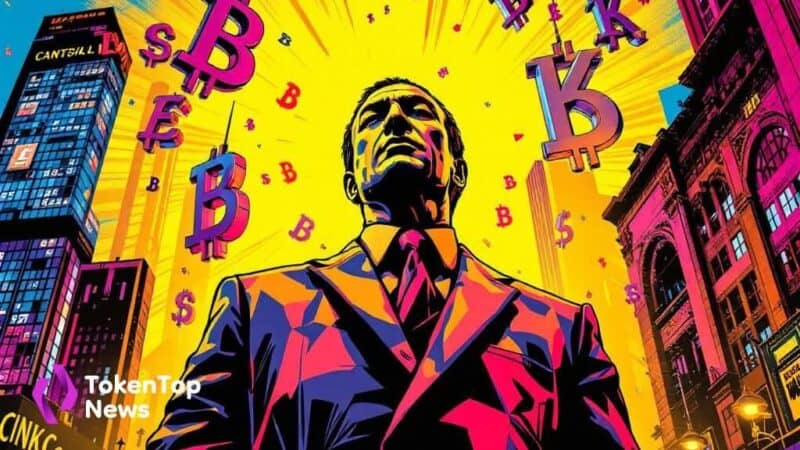Ethereum offline?

Because transactions on the largest smart contract platform were no longer finalized, users feared that Ethereum ETH +0.11% could go offline. A sudden error caused unrest in the scene. The problem is now gone, but the underlying bug is still uncertain.
Ethereum offline? Blocks don’t finalize
Around 10:00 p.m. Swiss time, problems suddenly arose in the night from Thursday to Friday. Users feared Ethereum would go offline. However, that didn’t happen. However, as security expert Superphiz noted, blocks of the largest smart contract platform no longer finalize.
“The blockchain stopped finalizing blocks about thirty minutes ago.” Writes the programmer on Twitter.
First of all, it is unclear why the blockchain suddenly stopped working as usual. However, Superphiz quickly identifies two possible sources of error: node clients and MEV boosts .
The error persists for about 50 minutes before disappearing. The blockchain was able to solve the problem on its own. Previously unfinalized blocks were then finalized.
The Ethereum developer Terence also became aware of the error and observed the incident very closely. After the blockchain began to independently finalize long-overdue blocks, he calmed the scene on Twitter.
The mainnet is finalizing again and we are now investigating the incident. More information will follow!
Unfinalized Blocks: Why the bug is causing concern
If an error occurs within a blockchain, this is never a good sign. True to the motto “luck in misfortune”, however, several developers rate the incident as exemplary. Without intervention, Ethereum was able to go back to normal.
Ethereum developer Ansgar Dietrichs wrote on Twitter: “A good illustration of the robustness of the blockchain – although there was some block slowdown, transactions continued to be processed as usual.”
The confirmation of new blocks took place as usual. However, the blockchain failed to update the confirmation level of the blocks in the usual process. Since Ethereum switched to Proof of Stake in September 2022, the blockchain uses three different levels of finalization – Latest, Safe and Finalized .
The division into these categories is necessary above all for Web3 developers who set their smart contracts to only carry out certain reactions if the reliability of the triggering transaction by the user is high.
The more advanced a transaction is, the less chance there is that it can still be reversed. It is unlikely that a transaction with status Safe will be reversed. If the transaction receives the status Finalized, its reversal is almost impossible.
On the other hand, blocks of the Latest category are handled more carefully . A reorganization can take place here – for example through MEV boosts, which sort blocks in a different order in order to bring higher profits to the responsible validators.
If the Finalized status is not reached – i.e. if finalization does not take place – users could exploit this flaw to manipulate the blockchain and generate profits at the expense of dApps.
Because dApps may be waiting for a finalization that does not occur as planned, there may also be delays in the use of decentralized applications.
The exact source of the error is not yet clear
So far, the exact source of the error that prevented blocks from being finalized is unclear. However, it is obvious that the Ethereum client Prysm, which is used by around 38 percent of all node operators, could be responsible.
According to Terence.eth , various sensitive points have been discovered within the application that require improvement. However, the exact trigger could not be identified.
First you want to adjust the way the program handles its cache. This improvement is intended to avoid future failures. More information will follow. No reaction is expected from node operators.




